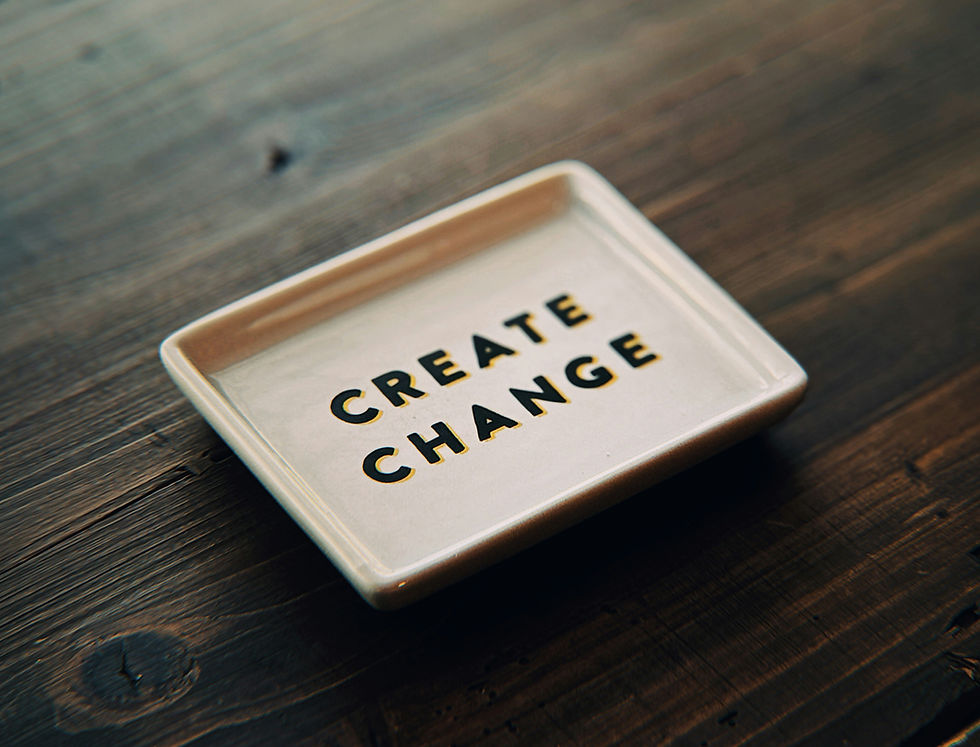Rethinking the Model: Why Continuous Improvement is Essential for Destination Marketing Organizations
- Carl Ribaudo

- Jul 3
- 4 min read
Updated: Jul 7

In today's hyper-competitive tourism landscape, Destination Marketing Organizations (DMOs) face increasing pressure to remain relevant, responsive, and results-driven. Historically built on models of promotion and advertising, many DMOs are now confronting a hard truth: the business models that once served them well are no longer sufficient.
What’s needed is not just incremental change, but a cultural shift toward continuous improvement, where innovation is a core operating principle. DMOs must continually scrutinize and evolve their business models to foster a culture that embraces reinvention.
Why Continuous Improvement Matters
The necessity for continuous improvement stems from three converging realities:
Shifting Consumer Behavior: Travelers are now more informed, digitally savvy, and experience-driven than ever before. They seek personalization, transparency, and seamless digital engagement. Traditional promotional tactics—such as print ads and generic travel guides—have limited impact. DMOs must shift toward data-informed, digitally fluent strategies that anticipate the needs of visitors.
The Rise of Peer Influence and Social Media: Word-of-mouth has gone digital. Social platforms now serve as trip inspiration engines, with user-generated content often outweighing official destination messaging. To stay visible and credible, DMOs must move beyond broadcasting and embrace interactive, community-led storytelling.
The Call for Sustainability: Conscious travel is on the rise. Visitors increasingly value destinations that invest in their communities and preserve natural and cultural assets. Promoting sustainability is no longer a niche strategy; it’s a mainstream expectation—and a business imperative.
In short, DMOs must evolve from marketers to stewards of place, from promoters to strategic integrators of local economies, residents, and travelers. It demands ongoing refinement of how they operate.
Why Organizations Resist Attacking Their Business Model
Despite the clear need for evolution, many DMOs hesitate to challenge their foundational models. Why?
Fear of the Unknown: Changing a business model introduces risk. What if it fails? What if we lose funding or stakeholder trust?
Comfort with the Status Quo: If something “sort of” works, many prefer not to rock the boat—especially in risk-averse public or quasi-public institutions.
Resource Constraints: Time, staff capacity, and financial resources are often stretched to the limit, leaving little room for experimentation.
Cultural Resistance: Deeply ingrained habits, hierarchical decision-making, and a fear of failure can suppress bold thinking.
Short-Term Thinking: Many boards and funders prioritize immediate metrics (e.g., visitor volume) over long-term impact and innovation.
Without deliberate intervention, these beliefs and behaviors reinforce inertia. To move forward, DMOs must create a climate where questioning and improving the model is not only permitted but expected.
Building a Culture That Welcomes Business Model Evolution
Creating such a culture isn’t accidental. It requires intentional design. Here are the essential elements:
1. Leadership Commitment
Leaders must actively champion innovation. They should model curiosity, tolerate ambiguity, and allocate resources to experimentation, even if it doesn't yield immediate returns.
2. Open Communication
Transparency builds trust. Sharing performance data, market shifts, and organizational challenges helps staff understand why change is necessary. It also creates space for new ideas to surface.
3. Empowered Teams
Innovation flourishes when teams feel ownership. Encourage decentralized decision-making and provide autonomy to test and implement new approaches.
4. Growth Mindset
Celebrate learning, not just success. View failures as prototypes, not proof of incompetence. Provide professional development that strengthens creative and analytical thinking.
5. Cross-Sector Collaboration
DMOs sit at the intersection of government, business, and community. Strong partnerships can unlock resources, generate ideas, and foster shared accountability. A better model often emerges from co-creation, rather than top-down design.
6. Incentives for Innovation
Recognize employees who challenge assumptions and introduce new methods. Highlight wins—big or small—to create a positive feedback loop that encourages innovation.
7. Customer-Centric Mindset
Regularly engage with visitors to understand how their preferences are evolving. Align programming and messaging around what truly resonates, not what’s always been done.
8. Safe Space for Experimentation
Pilot programs, A/B tests, and innovation sprints allow new ideas to be tested without jeopardizing core operations. Start small and scale what works.
A Strategic Framework for Model Evaluation
Continuous improvement starts by asking the right questions. To challenge and evolve their business model, DMOs should regularly reflect on:
1. What are the changing needs and behaviors of our visitors?
Understanding travelers' values and planning behaviors can reveal gaps and opportunities. DMOs should invest in research, not just visitor counts, but psychographics, motivations, and feedback.
2. What value do we uniquely provide, and how do we compare to competitors?
Every DMO must clearly articulate its unique value proposition. Is it natural resources? Regional storytelling? Stewardship leadership? If you can’t differentiate, you’re replaceable.
3. What internal barriers are limiting our ability to innovate?
Look inward. Are decision-making structures too rigid? Is staff capacity aligned with strategic needs? Are performance metrics reinforcing outdated behaviors?
Relevance Requires Reinvention
The case for continuous improvement is not philosophical—it’s strategic. Consumer behaviors will keep changing. New technologies will keep emerging. Competition will intensify. Only those organizations that commit to examining (and reimagining) their models will remain relevant.
For DMOs, the path forward requires boldness. It means challenging the comfort of past success. It means attacking outdated assumptions. It means cultivating a culture where change is not feared but is instead embraced as a source of strength.
Ultimately, continuous improvement is not just about doing things better. It's about ensuring that the business model itself continues to deliver value in a world that refuses to stand still.




Comments